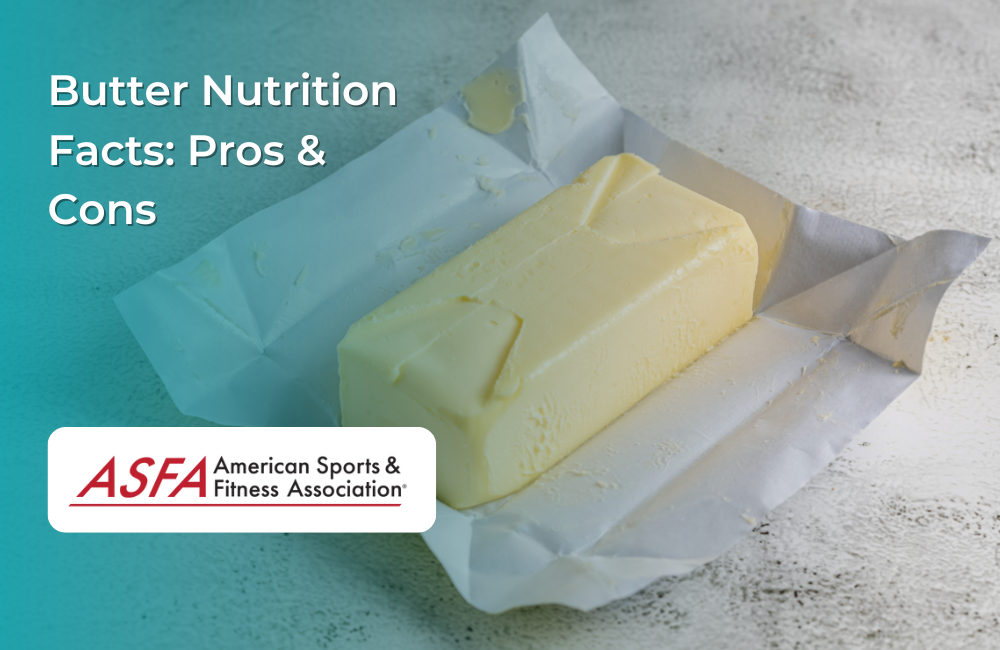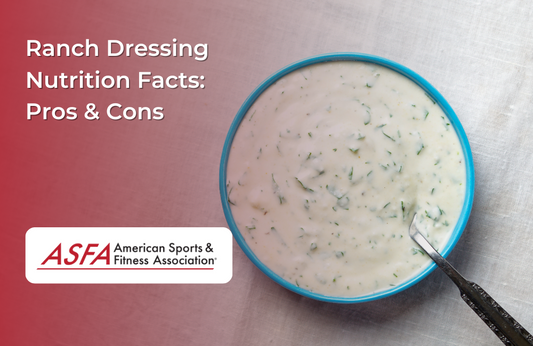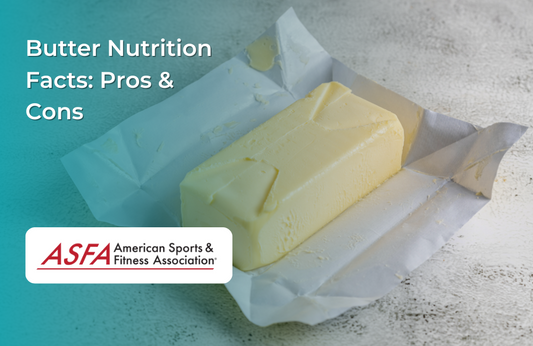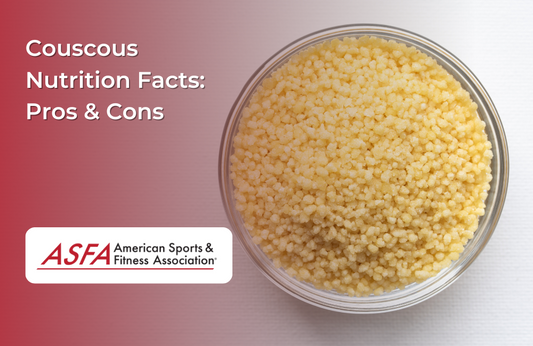Butter is a dairy-based fat commonly used in cooking and baking, known for its rich flavor and creamy texture. While it provides essential vitamins and healthy fats, its saturated fat content and calorie density should be considered when incorporating it into a balanced diet.
Butter is primarily composed of milk fat, which contributes to its rich texture and flavor. It also contains milk solids, which contribute to its overall composition and nutritional profile.
What is Butter?
Butter is a beloved dairy product crafted from the proteins and fats found in milk and cream. Its rich, creamy texture is primarily due to its high content of saturated fats, which remain solid at room temperature. While butter does contain small amounts of unsaturated fats and trans fats, it is also a valuable source of fat-soluble vitamins, including vitamins A, D, E, and K. Additionally, butter provides conjugated linoleic acid (CLA), a nutrient associated with various health benefits. This combination of nutrients makes butter a unique and flavorful addition to many dishes. When eating butter, one can enjoy its rich flavor and essential fatty acids, but it is important to exercise caution if you have health concerns such as high cholesterol or dairy allergies. Balance and moderation are key when incorporating butter into daily meals.
Nutrition Facts (Per One Tablespoon)
-
Calories: 102
-
Total Fat: 11.5g
-
Saturated Fat: 7.3g
-
Trans Fat: 0.5g
-
Cholesterol: 30mg
-
Sodium: 0mg
-
Total Carbohydrates: 0g
-
Dietary Fiber: 0g
-
Sugars: 0g
-
Protein: 0g
Butter is a calorie-dense food, with one tablespoon packing 102 calories. It contains 11.5 grams of total fat, of which 7.3 grams are saturated fats. Additionally, it has a small amount of trans fat (0.5 grams) and 30 milligrams of cholesterol. Butter is free of sodium, carbohydrates, dietary fiber, sugars, and protein, making it a pure fat source. The high saturated fat content is a key consideration for those monitoring their saturated fat intake.
Pros of Butter
Rich in Healthy Fats
Contains saturated fats, which can support hormone production and energy levels. Similarly, the healthy fats in coconut oil, particularly medium-chain triglycerides (MCTs), are known to boost metabolism and suppress appetite, offering additional benefits for energy production and weight management.
Provides conjugated linoleic acid (CLA), which may have anti-inflammatory benefits. Additionally, consuming grass-fed butter can provide higher levels of butyric acid, which has been linked to reduced inflammation.
Good Source of Vitamin A
-
Supports vision, skin health, and immune function
-
Plays a role in maintaining healthy cellular function
Adds Flavor and Versatility
-
Enhances the taste and texture of foods
-
Works well in both cooking and baking
Contains Beneficial Fat-Soluble Vitamins
-
Provides small amounts of vitamins D, E, and K, which support bone and immune health
-
Grass-fed butter contains higher levels of omega-3s and antioxidants
Supports Gastrointestinal Function
Butter contains glycosphingolipids, a type of lipid that supports gastrointestinal health. These lipids have anti-inflammatory properties, which can help reduce the risk of gastrointestinal disorders such as irritable bowel syndrome (IBS). By incorporating butter into your diet in moderation, you may benefit from these protective effects on your digestive system.
May Enhance Immune Function
Butter is rich in fat-soluble vitamins A, D, E, and K, all of which play crucial roles in maintaining a healthy immune system. Vitamin A supports vision and skin health, while vitamins D, E, and K contribute to bone and immune health. These nutrients can help reduce the risk of common illnesses like the cold and flu, making butter a valuable addition to your diet when consumed in moderation.
Cons of Butter
High in Saturated Fat
Excessive intake of saturated and trans fats may contribute to heart disease and high cholesterol. High saturated fat content in butter can lead to an increase in ‘bad’ LDL cholesterol, which is linked to heightened risks of cardiovascular diseases.
Moderation is key to maintaining a balanced fat intake.
Calorie-Dense
-
High in calories, which can contribute to weight gain if overconsumed
-
Portion control is important for those monitoring calorie intake
Contains Cholesterol
-
Can impact heart health in individuals with high cholesterol or existing cardiovascular concerns
-
Replacing some saturated fats with unsaturated fats may improve lipid profiles. Studies have found that diets rich in vegetable oil led to a lower risk of heart attacks compared to diets high in saturated fats, suggesting that the type of fat consumed is significant for cardiovascular health. Additionally, trans fats, found in partially hydrogenated oils, can raise LDL cholesterol levels and lower HDL cholesterol levels,
Not Suitable for Lactose-Intolerant Individuals
Contains small amounts of lactose, which may cause sensitivity in some people
Clarified butter (ghee) is a lactose-free alternative. However, butter consumption should be moderated, especially for individuals with lactose intolerance, and guidelines on daily limits should be followed to avoid potential health risks.
Health Considerations
While butter can be a delicious and nutritious part of your diet, it’s important to consume it in moderation due to its high saturated fat and calorie content. Excessive saturated fat consumption can increase the risk of heart disease and other health issues. To maintain a balanced diet, it’s recommended to enjoy butter alongside a variety of whole foods, including fruits, vegetables, and lean proteins.
Choosing the Right Butter
When selecting butter, consider the following tips to make a healthier choice:
-
Opt for unsalted butter to reduce your sodium intake.
-
Choose grass-fed butter for higher levels of omega-3 fatty acids and conjugated linoleic acid (CLA).
-
Consider cultured butter, which contains probiotics and offers a richer flavor.
-
Avoid butter with added preservatives or artificial flavorings.
-
High-quality, European-style butters often provide a richer flavor and higher nutritional content.
By making informed choices, you can enjoy the rich taste of butter while maximizing its nutritional benefits.
Conclusion
Butter is a flavorful, nutrient-rich fat source that provides vitamin A, beneficial fatty acids, and essential fat-soluble vitamins. However, its high saturated fat and calorie content require moderation, especially for those managing heart health or calorie intake. Choosing grass-fed butter and using it in balance with other healthy fats can enhance its nutritional benefits.
FAQs
Is butter bad for heart health?
Excessive consumption of saturated fats may contribute to heart disease, but moderate intake within a balanced diet is generally safe.
Can butter be part of a weight-loss diet?
Yes, when consumed in controlled portions, butter can fit into a balanced diet while providing essential fats.
Is butter better than margarine?
Butter is more natural, while margarine often contains processed trans fats. Unsaturated fats found in vegetable oils can lower 'bad' LDL cholesterol and raise 'good' HDL cholesterol, offering significant health benefits. Choosing natural, minimally processed fats is generally recommended.
Can lactose-intolerant individuals eat butter?
Butter contains very little lactose, but those highly sensitive may prefer ghee, which is lactose-free.
How much butter is safe to eat daily?
Moderation is key. One to two tablespoons per day can fit into a balanced diet, depending on individual dietary needs.





